People, how are you doing? Did you have a good weekend—and a good father’s day? Did you make a lobster roll? I’m curious to know how you enjoyed them “a la Donostiarra!”
When Maine meets Spain
My friends, nothing says summer like a lobster roll, especially if you are from the Northeast U.S.. On Monday, I talked about the special Cap de Creus lobsters from Spain, and I would love to give you a Catalan recipe starring these delicious, spiny creatures! But it’s very difficult to find them in the U.S., and, people…Maine lobsters are amazing too (and they have claws!). So today, we are bringing Maine and Spain together to give you an amazing new lobster roll recipe that is easy to prepare.
We have a lot going on over here at my restaurant company…we recently opened Zaytinya in Las Vegas, and I’m so excited to bring the flavors of the Eastern Mediterranean to the Strip. If you are in Las Vegas and have never been to one of our Zaytinya locations before, it is a beautiful blue getaway in the middle of the Forum Shops at Caesars Palace. And if you have, consider it your new home away from home when you’re in Vegas…my team can’t wait to welcome you there.
On the East Coast, I’m so proud that China Chilcano is celebrating our 10-year anniversary this year! And while we are doing lots of things to celebrate over the coming months, today I wanted to point you in the direction of something that you might want to add to your summer bar cart: pisco!
You may have heard of pisco or enjoyed a pisco sour, but this spirit has a rich history in Peru (and in other parts of South America as well…Chileans will tell you that they actually invented pisco!). It’s made from grapes, so it’s in the same family as brandies like French Cognac and Spanish Brandy de Jerez, and it has roots that you can trace back to the 16th century, when wine growing came to Peru with the Spanish conquistadors. Some of the wine was distilled into a clear spirit, which became known as pisco…named after the small coastal town of Pisco, in the department of Ica where many of the earliest vines were planted.
Unlike other brandies that are distilled twice, Peruvian pisco is distilled once (more on that in a minute!), so the flavors and characteristics of the grapes are preserved. And similar to many other brandies, it has to come from specific regions of Peru, the Denominations of Origin (DO): Lima, Ica, Arequipa, Moquegua, and parts of Tacna. These regions are all coastal valleys, which provide the unique growing environment needed to produce the right grapes to make the best pisco. In all these regions, eight grapes can be used: Italia, Moscatel, Albilla, and Torontel are all aromatic grapes, and non-aromatic grapes are Quebranta, Negra Criolla, Mollar, and Uvina.
There are three different styles of pisco: Puro pisco is made from one single grape variety (often it’s Quebranta, which is non-aromatic). Acholado is a blend of two or more grapes, which allows for a little more creativity from the producers, because they can blend to balance flavors, aromas, and textures. And Mosto Verde is a little sweeter from partially distilled grape must (the juice of the grapes including its skins and stems, which can add texture and complexity)…these are full bodied and rich.
Unlike many other brandies, Pisco isn’t aged in wood, so there are none of those “barrel flavors” like you find in Cognac and Brandy de Jerez. That means you get a pure flavor to the spirit…just the grapes! Which makes the different puros and acholados really interesting, since you can actually taste differences in each variety. Alan Grublauskas, our GM at Zaytinya in DC who used to work at China Chilcano, says this what he likes about pisco: “I love pisco because of the diversity driven from the different grape varietals and the terroir showcased throughout Peru’s growing regions. The regulations that leave flavoring and barrel aging out of the question let the true distillate shine!”
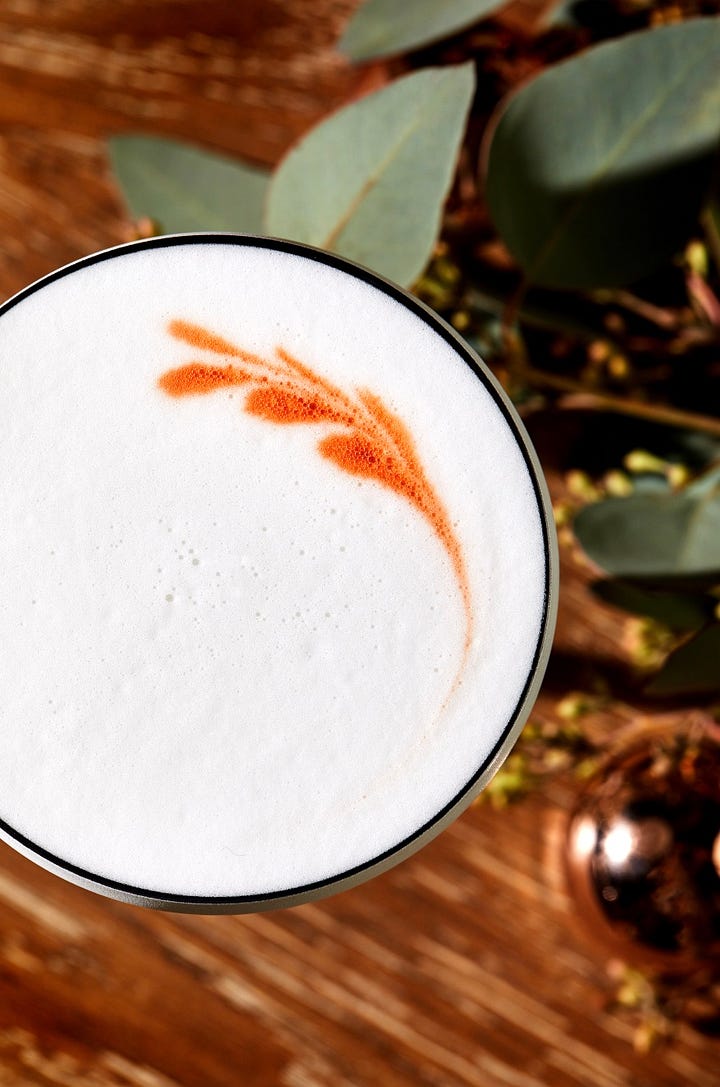
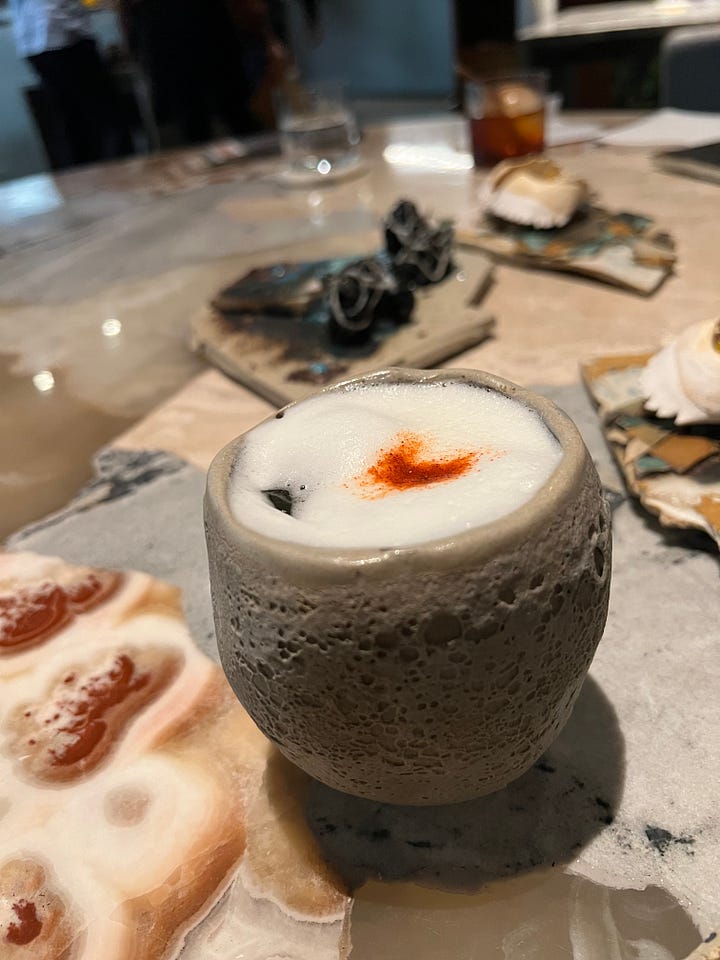
Pisco is also perfect for cocktails, because the possibilities are endless. Of course, there is the famous Pisco Sour, which is traditionally mixed with lime juice, simple syrup, and egg white that’s what makes it so amazingly frothy), and a topping of bitters. And everyone loves drinking a Chilcano—pisco, lime juice, and ginger ale, with some aromatic bitters. It’s so good, we named China Chilcano after them!
Pisco is also great for macerations and infusions…this is something we saw on all of our R&D trips to Peru, and which we brought back with us to China Chilcano. Today we have macerations of cucumber, pineapple, spicy rocoto, ginger, and sour cherry…but who knows what they’ll have when you come in next!
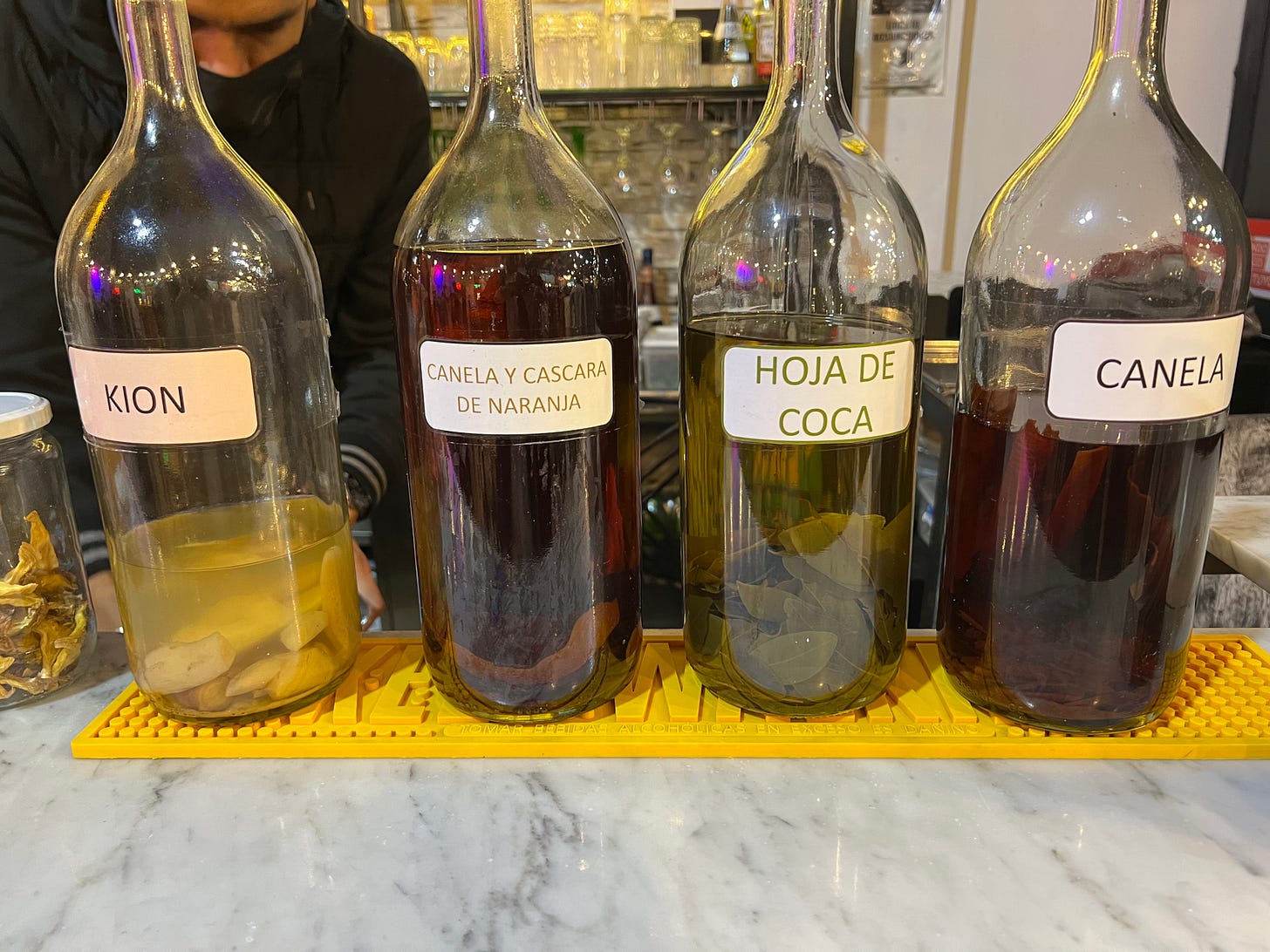
I think that you should hear more about pisco, and how we use it in our restaurants, from one of our resident experts, Jopus Grevelink, who is my Senior Beverage Manager in New York! Handing it over to Jopus….
What makes pisco unique compared to other spirits like brandy or grappa?
Pisco was my first love in the spirits world, which I got to know at age 21 while tending bar at China Chilcano. Compared with other brandies, this Peruvian national heritage spirit is incredibly versatile—more so than, say, grappa, which for me serves a singular purpose as an after dinner drink. Most brandies also have such intense character they can’t do as many things as a Peruvian pisco can. And Peruvian Pisco is made with a single distillation, from indigenous grapes—and specifically the quebranta style lends itself to so many popular cocktail builds that can be enjoyed by all types of imbibers in the United States.
Can you explain the significance of the Denomination of Origin for Peruvian pisco?
The DO of pisco essentially protects the spirit as a national heritage product of Peru. For one, it quite clearly distinguishes Peruvian piscos from those of Chilean origin. Equally as important, it empowers the designated pisco-producing regions and the distillers to continue their historical approach to pisco production and ensure top quality spirits.
What role does pisco play in Peruvian culture and celebrations today?
Peruvian pisco is not just a spirit or product—it has become a national symbol of pride for all people that celebrate Peruvian culture across the globe. Personally, I find it impossible to sit down to enjoy Tacu Tacu (leftover beans and rice, fried into a cake) or Lomo Saltado without pisco being an arms reach away, whether it's at a restaurant or cultural event.
How is pisco traditionally consumed, and what are some popular cocktails that feature it?
Pisco's versatility ensures that it can be enjoyed in unlimited formats. Most popular is the Pisco sour, which is the national cocktail of Peru. If you want an incredible Pisco sour, go to China Chilcano. They also infuse pisco with so many different styles of fruits and peppers in house, so you can have endless cocktails with pisco as the base. There is one particular infusion they do with sour cherries that is *chefs kiss* in a Manhattan-style cocktail. If you want to try a modern classic riff with pisco, go to Nubeluz on the rooftop of the Ritz-Carlton Nomad in Manhattan and try the Pisco Punch riff from Michael Fratt, which has Peruvian pisco blended with yuzu, cilantro liqueur, apple gomme and orchid oolong tea.
How is the perception of pisco evolving—both in the U.S and around the world?
Pisco is still looking for its Mezcal-esque explosion into the US market. However, since I started behind the sticks almost a decade ago, Pisco has organically grown to find itself in most bar programs around the US. It's incredibly common to find a pisco cocktail on most menus when you sit down at a cocktail bar in most major cities. I love the slow and steady growth approach, and fully support the efforts of Peruvian Pisco producers to gain more presence on American and international back bars and wells. Pisco is here to stay and I can't wait to see where it is in another decade.
Hola, it’s José again…have you tried pisco before, and have you created a cocktail with it? Tell me in the comments!





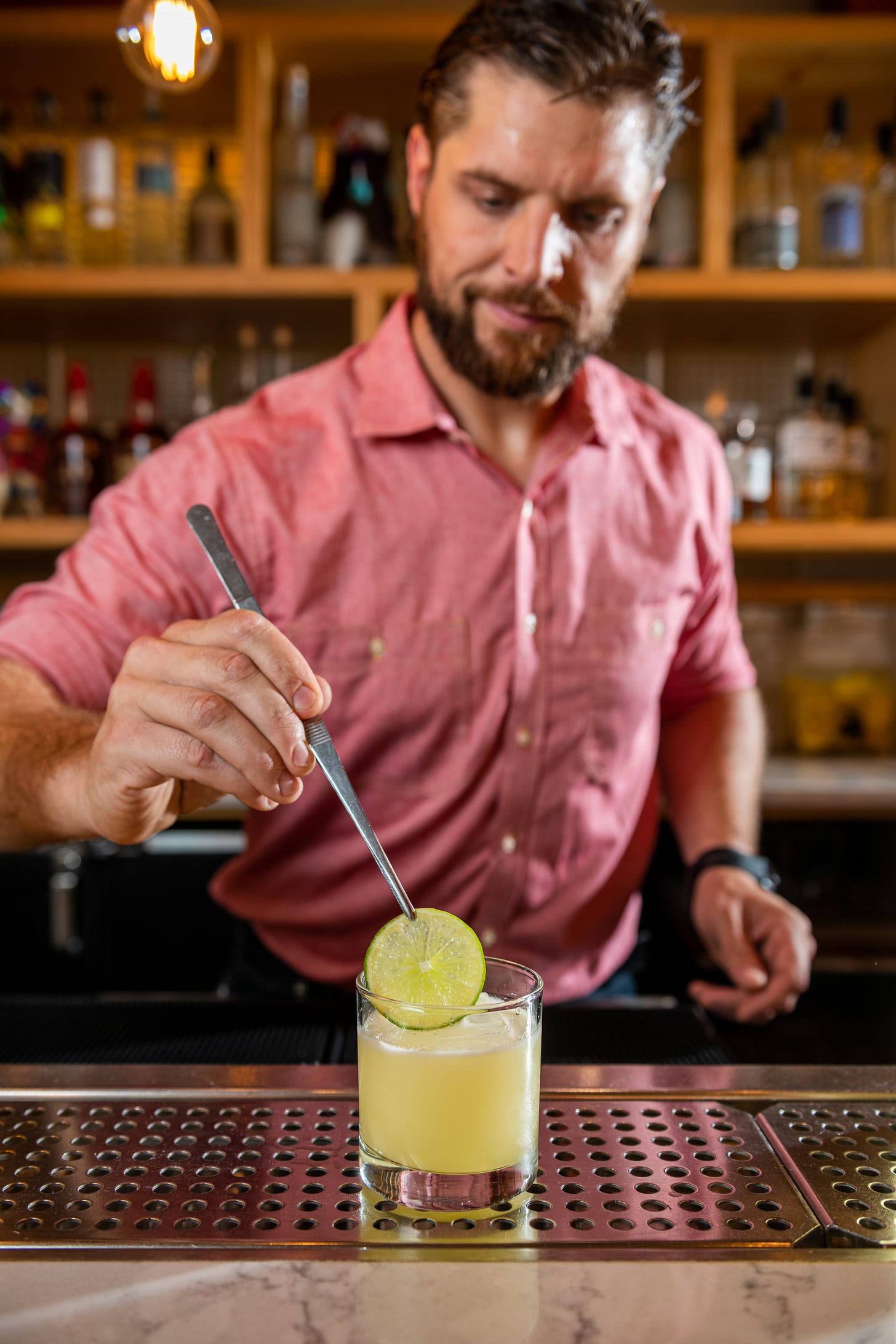

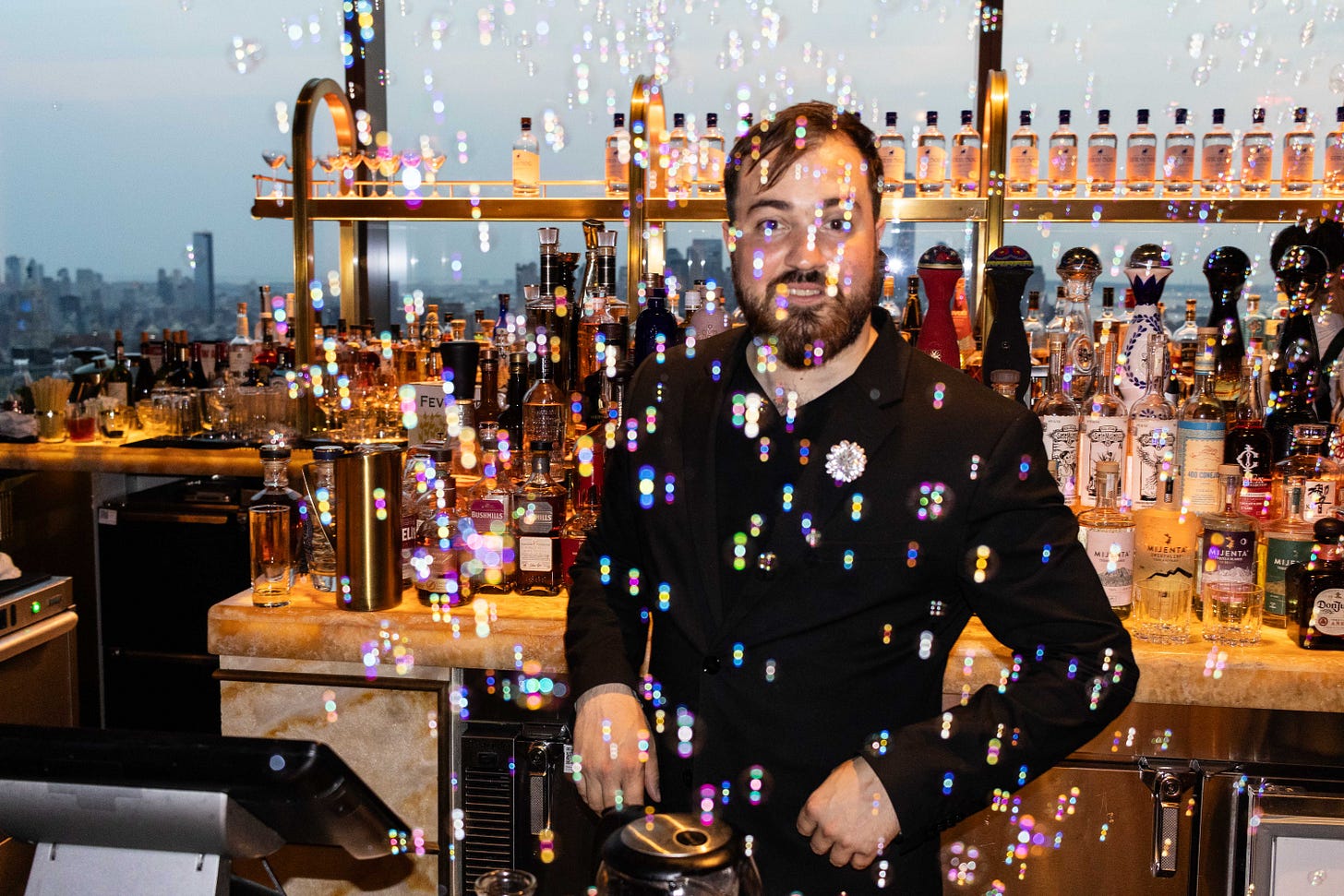

I bought and read "Vegetables Unleased" and in it there is a recipe for a Pisco Sour made with the liquid from a can of chickpeas, or garbanzo beans instead of egg white. I have made it to acclaim, it is superb!
I had my first Pisco Sour exactly one year. Actually, just short of one day. ;) It was in a hotel bar in Lima (first visit to Peru) and the coupon we got after checking in said Water or Pisco Sour. That wasnt a hard choice for me. Loved it.
Tried to make it at home, but not the same.